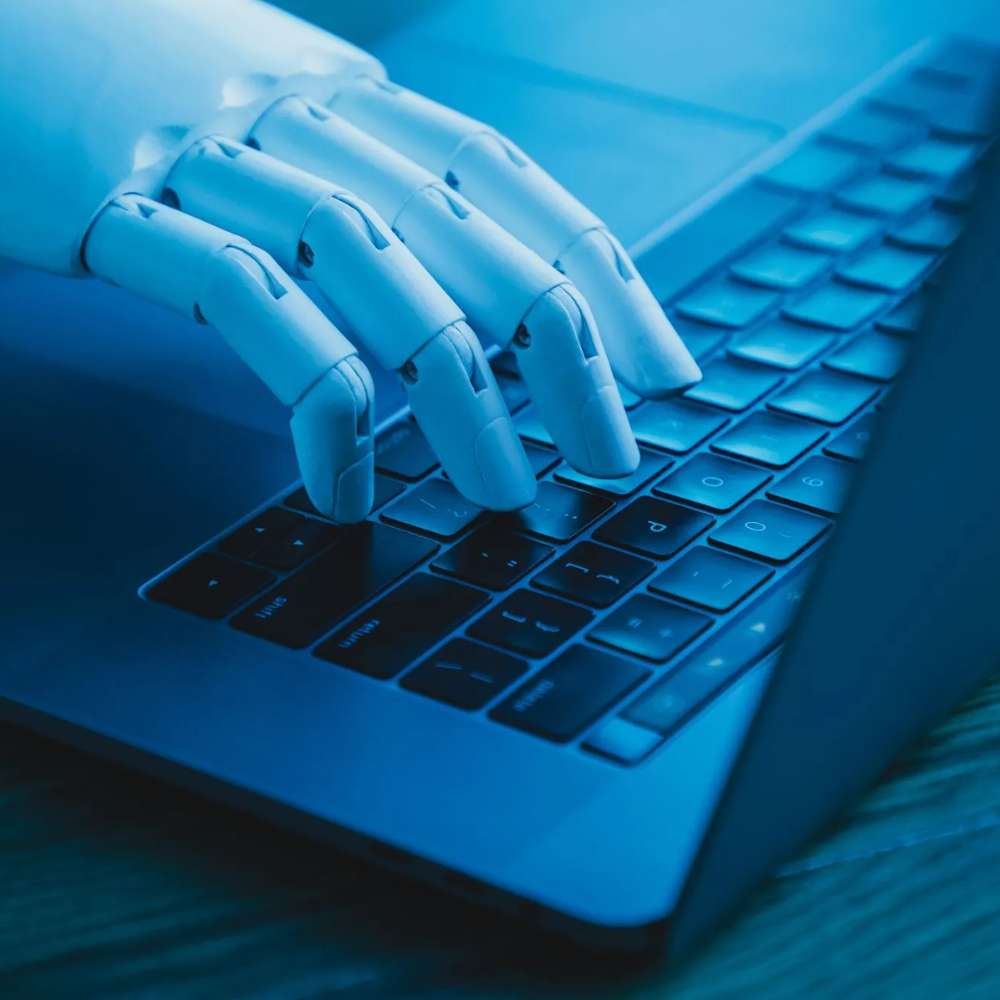Bizarre AI-Generated Figures Raise Concerns in Academic Publishing
- Category: News

A peculiar incident has unfolded in the academic realm as a peer-reviewed science journal recently published a paper featuring nonsensical AI-generated images. The paper, titled “Cellular functions of spermatogonial stem cells in relation to JAK/STAT signaling pathway,” emerged this week in the open-access Frontiers in Cell Development and Biology journal. Hailing from Hong Hui Hospital and Jiaotong University in China, the researchers behind the publication might have intended to delve into the intricacies of spermatogonial stem cells. However, the spotlight quickly shifted to the accompanying images, raising eyebrows and concerns within academic circles.
Absurd AI-Generated Images Accompany Scientific Paper
The images accompanying the paper have sparked astonishment and confusion. One particularly bizarre figure is a diagram depicting a dissected rat penis. A mere textual description falls short in capturing the oddity – the illustration portrays the rat’s genitalia as more than double the size of its body, exhibiting characteristics synonymous with the quirks of AI generation, such as garbled text. Labels on the diagram include puzzling terms like “iollotte sserotgomar cell,” “testtomcels,” and “dck,” while commendably, the AI program correctly identified the subject as a “rat.” The credited source for these perplexing images is Midjourney, a popular generative AI tool, adding an intriguing layer to the unfolding narrative.
Generative AI’s Concerning Impact on Academic Integrity
This incident highlights a growing trend where generative AI is infiltrating academic circles, raising questions about its impact on the integrity of scholarly publications. While the paper’s core subject matter may cater to a niche audience with a specific interest in small mammal stem cells, the unexpected deviation into garbled AI-generated images detracts from the scientific credibility of the work. As academia grapples with the intersection of artificial intelligence and research, the need for robust validation and scrutiny mechanisms becomes increasingly apparent. This episode serves as a cautionary tale, prompting a closer examination of the role and influence of generative AI in shaping scholarly discourse and the potential ramifications for the credibility of scientific publications.
Implications for Academic Rigor and Future Precautions
The publication of this unconventional paper raises broader questions about maintaining academic rigor in the era of generative AI. While the core research topic may be of niche interest, the unintended consequences of AI-generated figures cast doubt on the reliability of scholarly content. Scholars and publishers may now face the pressing challenge of distinguishing genuine research from AI-generated anomalies. As the scientific community grapples with the integration of AI tools, establishing stringent guidelines for vetting and validating generated content becomes imperative. This incident prompts a reevaluation of existing peer-review processes to ensure the continued trustworthiness of academic publications in the face of evolving technological influences.







